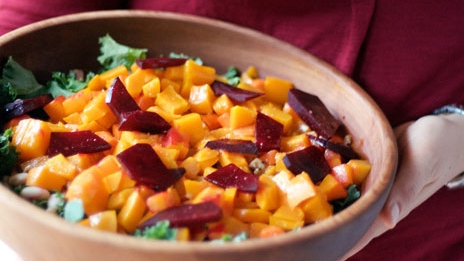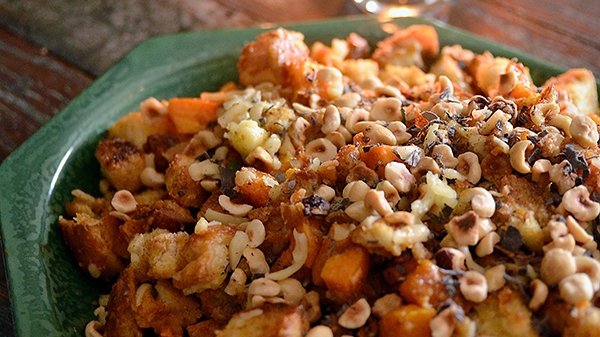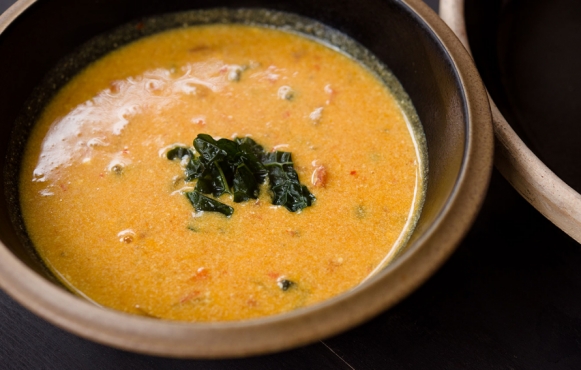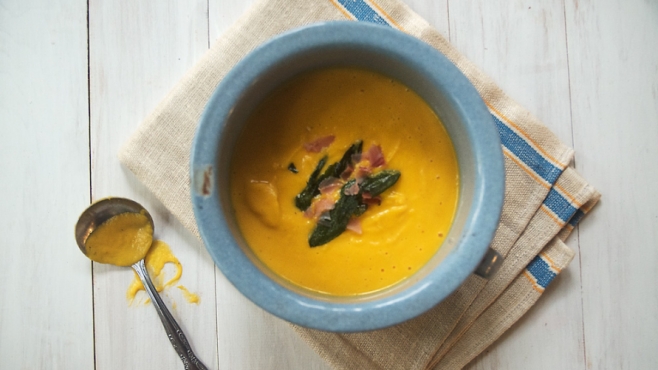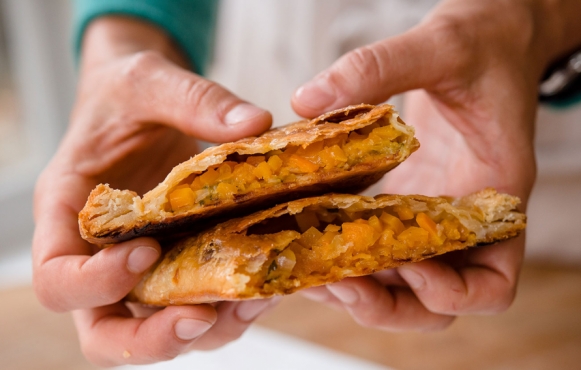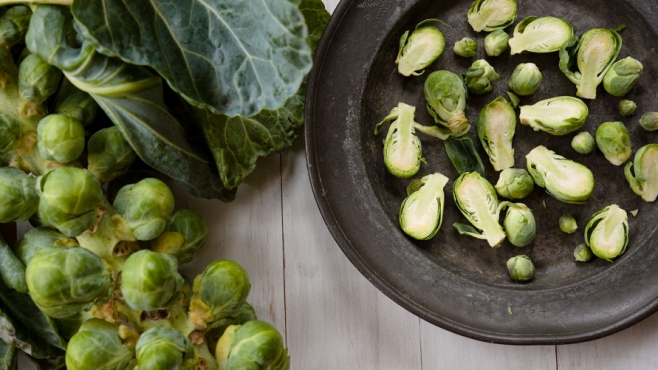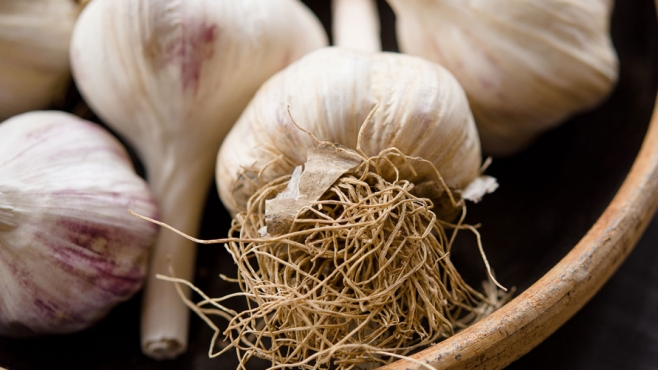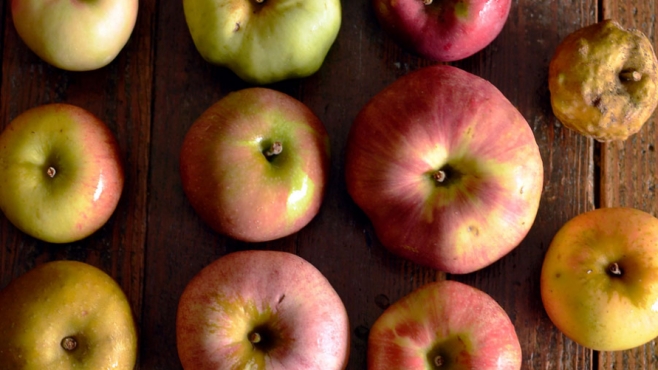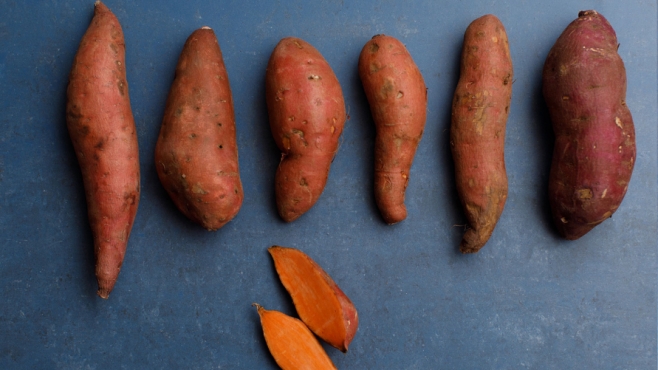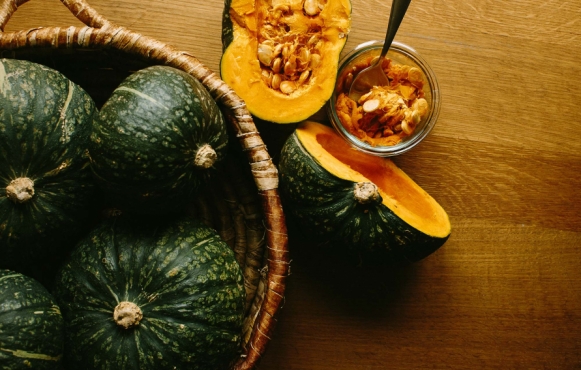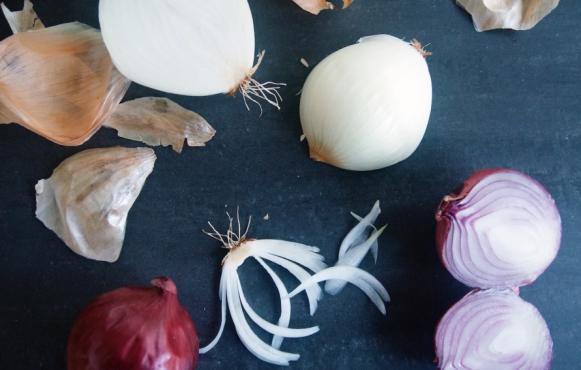in season
Butternut Squash
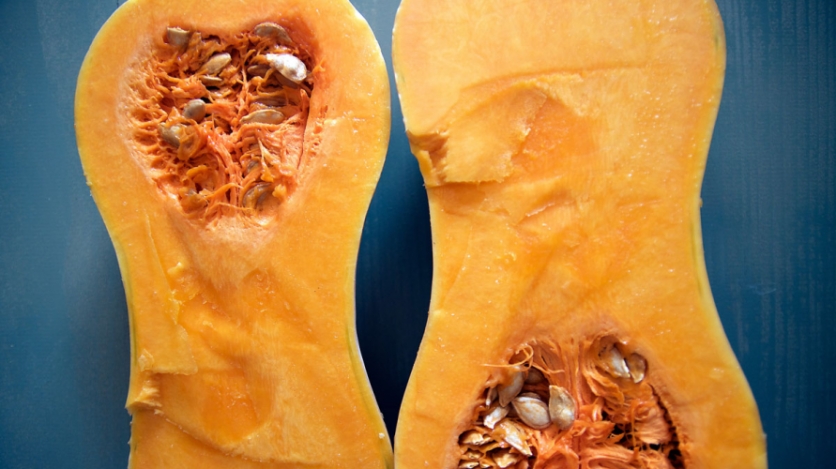
Roasted with maple syrup, butter and cinnamon is the way many first meet the butternut squash—a simple and delicious introduction to a vegetable that can take many forms, both savory and sweet.
In recent years, all kinds of beautiful heirloom squash are showing up at farmers markets. These are wonderful to cook and bake with, and could potentially be substituted in many of the recipes that follow. But we’re highlighting the humble butternut for these recipes because it stores so well, is available throughout the long winter months and is inexpensive to buy. Butternut squash has very smooth flesh and is nicely sweet. It can be substituted for pumpkin in pie and for sweet potatoes in traditional Thanksgiving dishes.
Butternut is categorized as a winter squash—a squash allowed to mature on the vine, harvested in the fall and able to store well into the winter months.
How to select: If you are planning to store your squash, look for firm squash without any brown spots or damage to the exterior flesh. Small or large size does not affect flavor.
Storage: Store butternut squash in a cool place (like a garage or basement) on newspaper where they won’t freeze or be too warm. They should keep for several months this way. Once they are cut, wrap well and place in the refrigerator for a few days.
Preparation: Roasted, steamed, sautéed, baked, stewed.
Pairs well with: allspice, apples, bacon, basil, bay leaf, bourbon, butter, carrots, cayenne, celery, celery root, cheese, chestnuts, chiles, chives, cilantro, cinnamon, cloves, coconut milk, coriander, cream, crème fraîche, cumin, curry powder, duck, fenugreek, garlic, ginger, honey, Jerusalem artichokes, leeks, lemon, lemongrass, lime, maple syrup, marjoram, mint, mushrooms, nutmeg, olive oil, parsley, parsnips, pears, pork, potatoes, red pepper flakes, rosemary, sage, salsify, shallots, spinach, sugar, tarragon, thyme, vanilla, vinegar, walnuts, watercress, wine, yams, yogurt.


